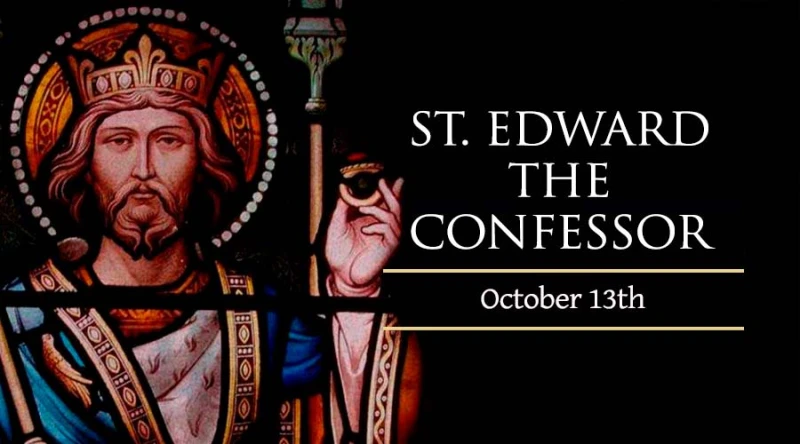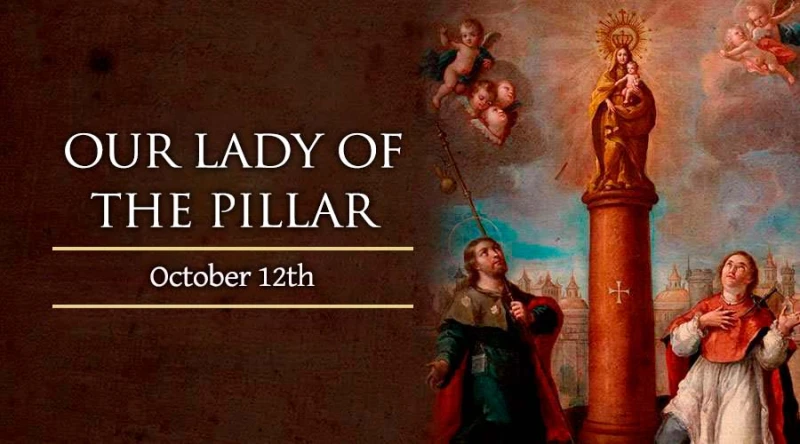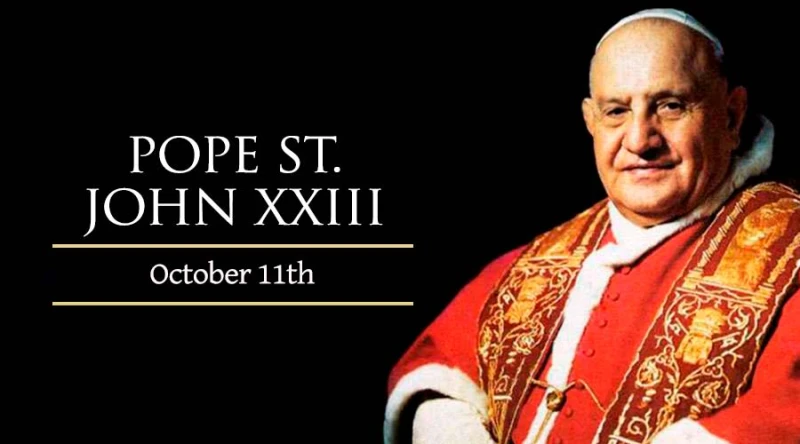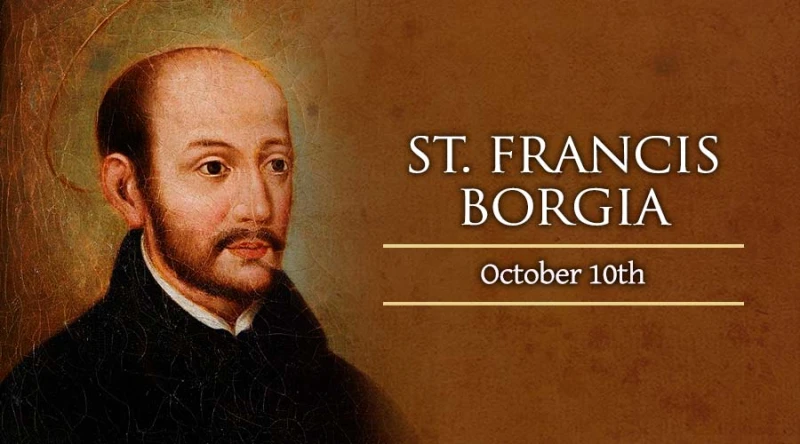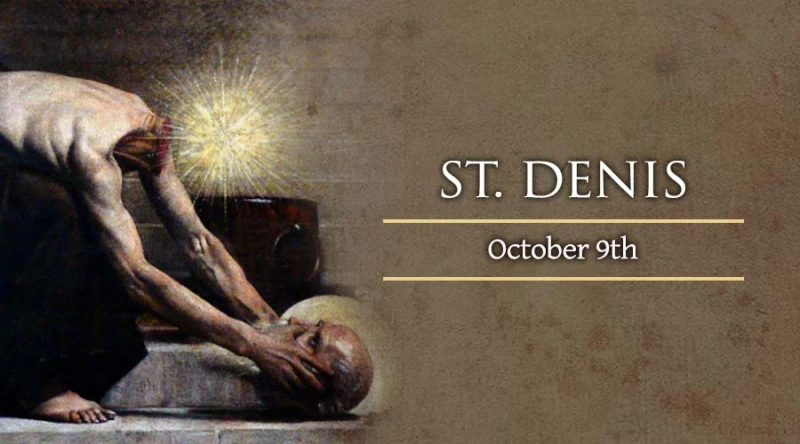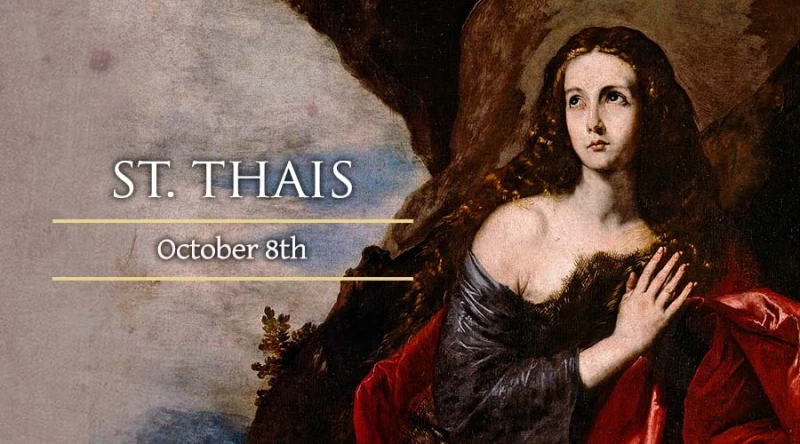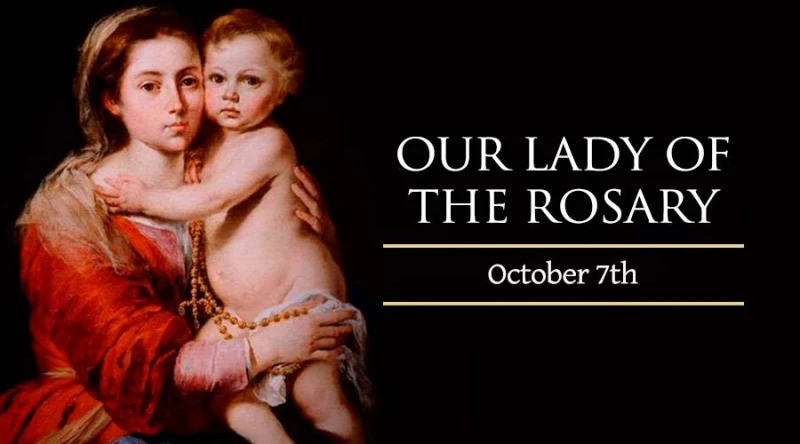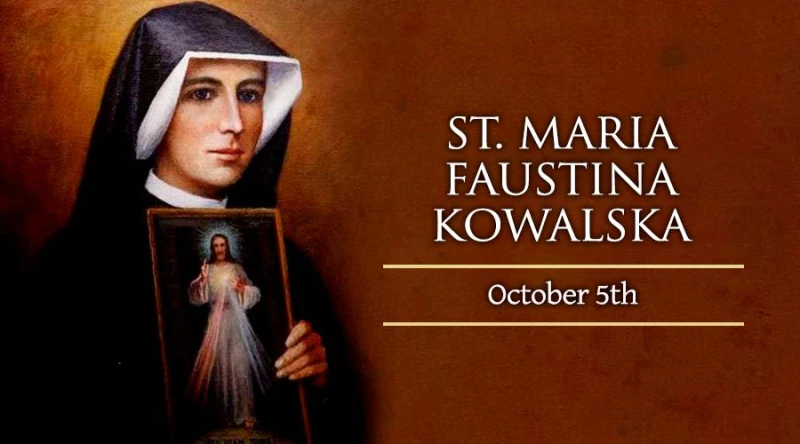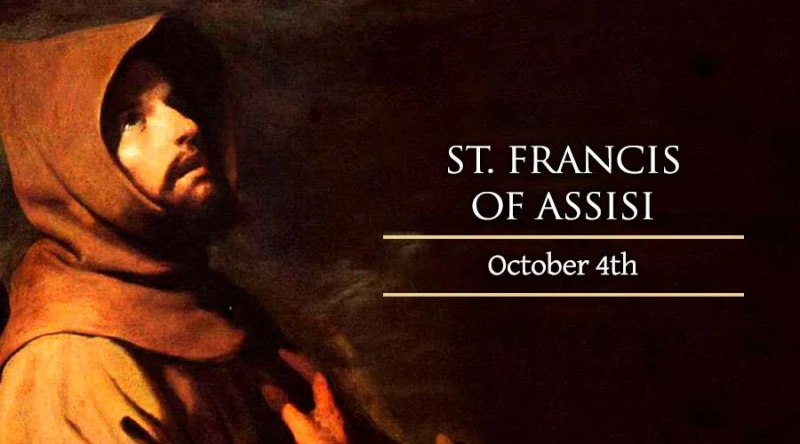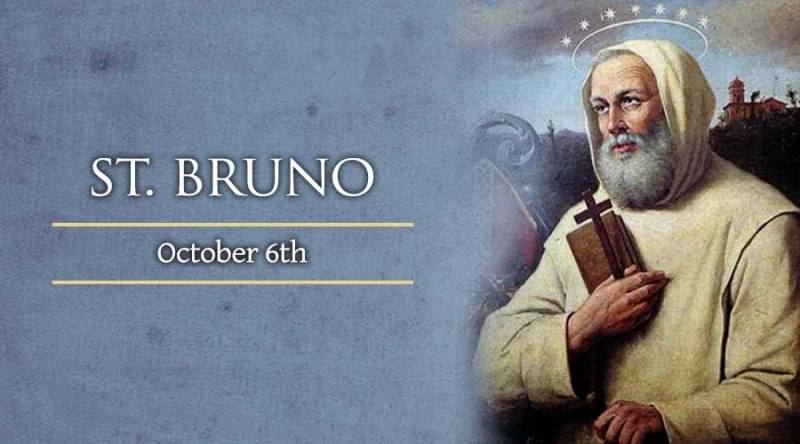 St. Bruno, founder
St. Bruno, founder
Feast date: Oct 06
On Oct. 6, the Catholic Church commemorates Saint Bruno of Cologne, founder of the Carthusian order of monks who remain notable for their strictly traditional and austere rule of contemplative life.
Born in 1030, Bruno is said to have belonged to a prominent family in the city of Cologne. Little is known of his early years, except that he studied theology in the present-day French city of Reims before returning to his native land, where he was most likely ordained a priest in approximately 1055.
Returning to Reims the following year, he soon became head of the school he had attended there, after its director Heriman left to enter consecrated religious life in 1057. Bruno led and taught at the school for nearly two decades, acquiring an excellent reputation as a philosopher and theologian, until he was named chancellor of the local diocese in 1075.
Bruno’s time as chancellor coincided with an uproar in Reims over the behavior of its new bishop Manasses de Gournai. Suspended by the decision of a local council, the bishop appealed to Rome while attacking and robbing the houses of his opponents. Bruno left the diocese during this period, though he was considered as a possible successor to Manasses after the bishop’s final deposition in 1080.
The chancellor, however, was not interested in leading the Church of Reims. Bruno and two of his friends had resolved to renounce their worldly goods and positions and enter religious life. Inspired by a dream to seek guidance from the bishop later canonized as Saint Hugh of Grenoble, Bruno settled in the Chartreuse Mountains in 1084, joined by a small group of scholars looking to become monks.
In 1088, one of Bruno’s former students was elected as Pope Urban II. Six years into his life as an alpine monk, Bruno was called to leave his remote monastery to assist the Pope in his struggle against a rival papal claimant as well as the hostile Holy Roman Emperor Henry IV.
Bruno served as a close adviser to the Pope during a critical period of reform. Around this time, he also rejected another chance to become a bishop, this time in the Italian region of Calabria. While he obtained the Pope’s permission to return to monastic life, Bruno was required to remain in Italy to help the Pope periodically, rather than returning to his monastery in France.
During the 1090s Bruno befriended Count Roger of Sicily and Calabria, who granted land to his group of monks and enabled the founding of a major monastery in 1095. The monks were known, then as now, for their strict practice of asceticism, poverty, and prayer; and for their unique organizational form, combining the solitary life of hermits with the collective life of more conventional monks.
St. Bruno died on October 6, 1101, after making a notable profession of faith which was preserved for posterity. In this final testimony, he gave particular emphasis to the doctrine of Christ’s Eucharistic presence, which had already begun to be questioned in parts of the Western Church.
“I believe,” he attested, “in the sacraments that the Church believes and holds in reverence, and especially that what has been consecrated on the altar is the true Flesh and the true Blood of our Lord Jesus Christ, which we receive for the forgiveness of our sins and in the hope of eternal salvation.”
Veneration of St. Bruno was given formal approval in 1514, and extended throughout the Latin Rite in 1623. More recently, his Carthusian Order was the subject of the 2006 documentary film “Into Great Silence,” chronicling the life of monks in the Grand Chartreuse monastery.
Reading I 1 Samuel 8:4-7, 10-22a All the elders of Israel came in a body to Samuel at Ramahand said to him, “Now that you are old,and your sons do…
Click here for daily readings “Which is easier, to say to the paralytic, ‘Your sins are forgiven,’ or to say, ‘Rise, pick up your mat, and walk’?” This is Christ’s…
